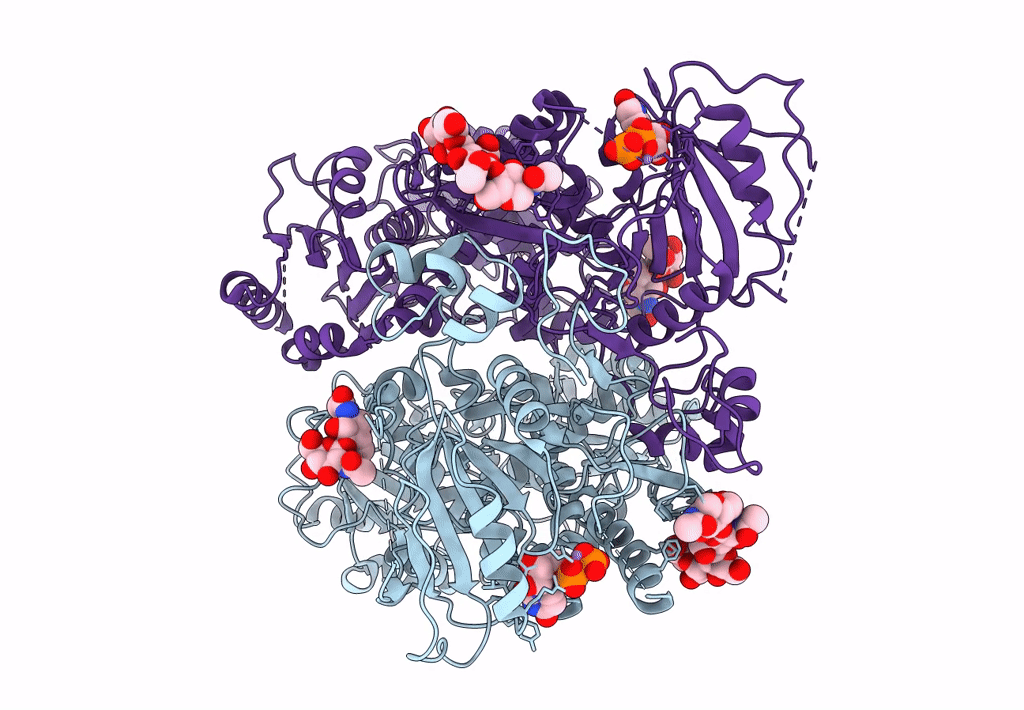
Deposition Date
2020-11-02
Release Date
2022-05-18
Last Version Date
2024-10-23
Entry Detail
PDB ID:
7AUA
Keywords:
Title:
Cryo-EM structure of human exostosin-like 3 (EXTL3) in complex with UDP
Biological Source:
Source Organism:
Homo sapiens (Taxon ID: 9606)
Host Organism:
Method Details:
Experimental Method:
Resolution:
2.93 Å
Aggregation State:
PARTICLE
Reconstruction Method:
SINGLE PARTICLE


